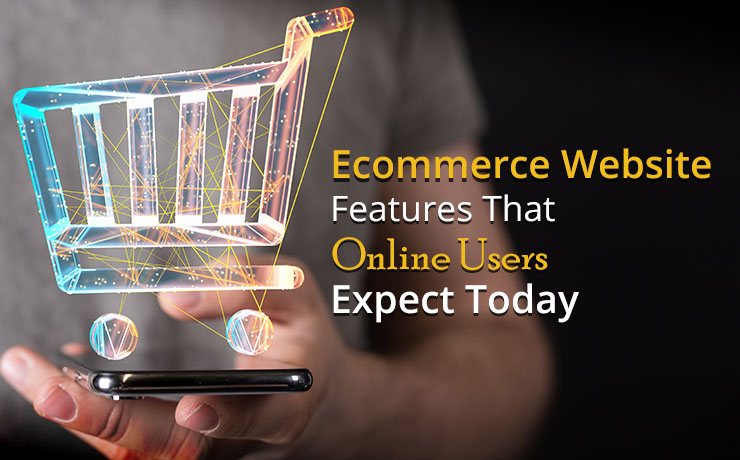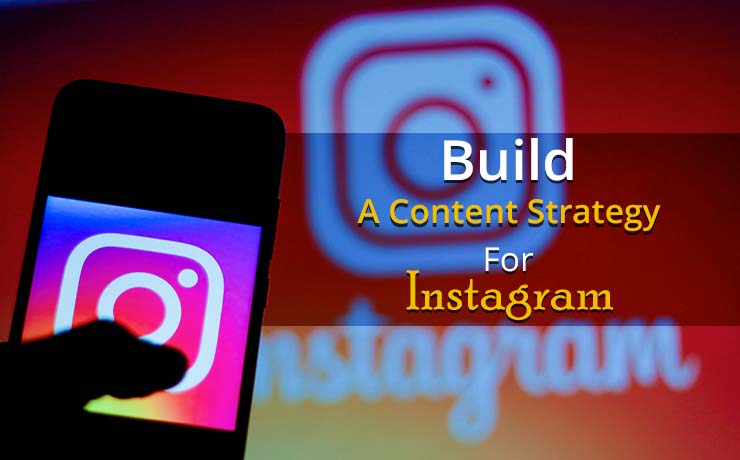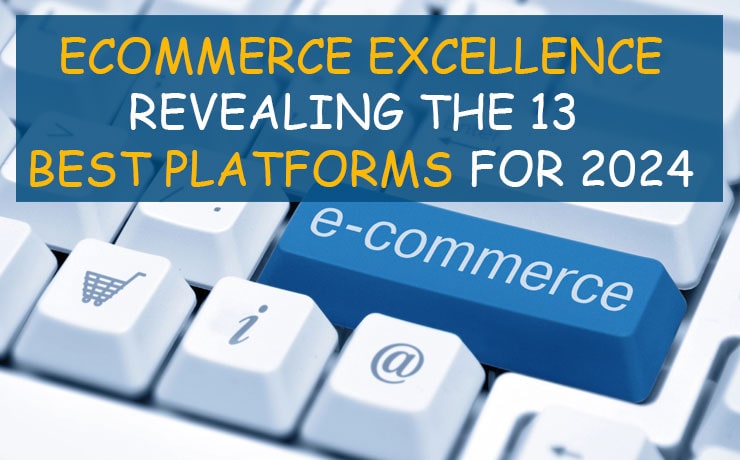E-commerce Website Features That Online Users Expect Today

Clement Foo
Senior Digital Content Manager

E-commerce has grown in leaps and bounds over the last couple of years with the number of shoppers buying products online growing exponentially. What this means is that over the years, online shoppers have come to embrace online shopping and the convenience that comes with it. With the outbreak of the COVID-19 epidemic, online shopping has assumed new importance with many Americans buying goods and services online.
What all this means is that no business can afford to be left behind when it comes to online selling. Having a well-designed website that makes e-commerce easy for clients is one of the most important steps a business can take. Here are some e-commerce features that can help transform your e-commerce site and ensure that you get maximum conversions and web traffic.
Get Mobile Right
When it started, e-commerce was predominantly a computer-based activity. This was due to the fact that mobile phone technology was very rudimentary and the fact that nobody had actually mastered the process of mobile-based e-commerce technology. Today, mobile phones are not only everywhere but they boast of processing powers that rival those of computers and desktops. What this means is that more and more people are accessing websites via their phones and other mobile devices. A good example is social media where an estimated 1.3b out of 1.5B users of Facebook access their accounts via their mobile phones.
If your e-commerce site does not support or is not friendly to mobile users, you will find yourself missing out on many opportunities. It gets worse as search engine rankings do not favor websites that are not friendly to mobile users. The upshot is that you cannot afford to ignore mobile responsiveness when it comes to e-commerce.
Product Descriptions
How an e-commerce site describes their products and how they are presented makes all the difference. In the old off-line shops, customers could see, touch, smell and generally have an experiential session with the product. When it comes to online sales, most of that interactivity is taken away. In place are product photos and product descriptions. This means that these are your one shot at persuading clients to buy your product. It is incumbent to you to ensure that you make the most out of this. Ensure that pictures of products are hi-res and the descriptions are concise and clear. Remember that in most cases, your clients do not have as much information about your products as you do. In that case, avoid jargon, abbreviations or technical language that clients will not be able to understand.
Ratings and Reviews
If you are selling a product that many people have not used before, it is understandable that many people might be apprehensive about how well it will function. Keep in mind that unlike offline stores where clients get the opportunity to test out a product, this is not possible when it comes to online sales. For this reason, incorporating reviews and ratings is a great way to deal with these pre-purchase jitters. Clients can look at reviews of products and get a sense of what to expect from the product. Even better, you can set up your reviews and rating section in such a way that only clients who have purchased a product may rate it. This means that not only do you make the ratings more authentic but you also gather vital feedback from your customers which you can use to improve the product experience.
Suggest Related Products
Shopping is an experience and many clients often want to look around and see what else is available. Sometimes clients may not know that a related product exists and this becomes a missed opportunity to increase your sales. Having a section that shows related products solves this problem. it allows clients to browse other products and discover what else they may be missing on. Often, e-commerce sites phrase related products as ‘Customers who bought this also looked at these products.’ This serves two objectives. The first is the peer reinforcement that other clients wanted the recommended products to go with what they had bought. It also allows you to recommended other products to the client without appearing to do so.
Track Orders
When you give the clients the ability to track their orders, it accomplishes a number of things. The first is that it helps you and the client to minimize the risk of product loss. Such occurrences can undermine your client’s faith in you and lead to a drop in sales. The second thing that you achieve with order tracking is that you enable the client to be prepared. If the product is on a “cash on delivery’ basis, order tracking allows the client to have a ready mode of payment (card or cash) when the product arrives. Order tracking also enables clients to be home (or at the delivery point) when the order arrives. The advantage of this is that it reduces double deliveries or even loss of products when they are left on the porch.
Easy Check-out
As an online retailer, try to resist the temptation to get clients to fill-out forms and other information harvesting processes at check-out. The general principle is that you should not stand in the way of your client making a purchase. Ensure that the process of placing an order and completing the transaction is as seamless as possible. Information collection can be done later when the client is more familiar with your brand.
 Free
Consultation
Free
Consultation Free
Google Ads Audit
Free
Google Ads Audit







